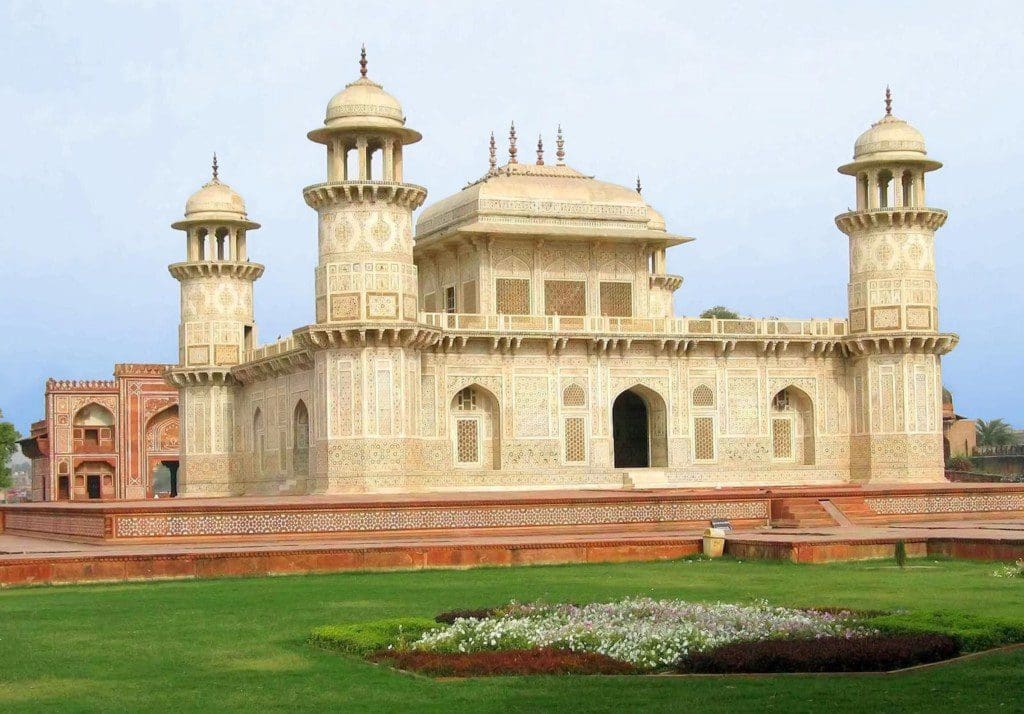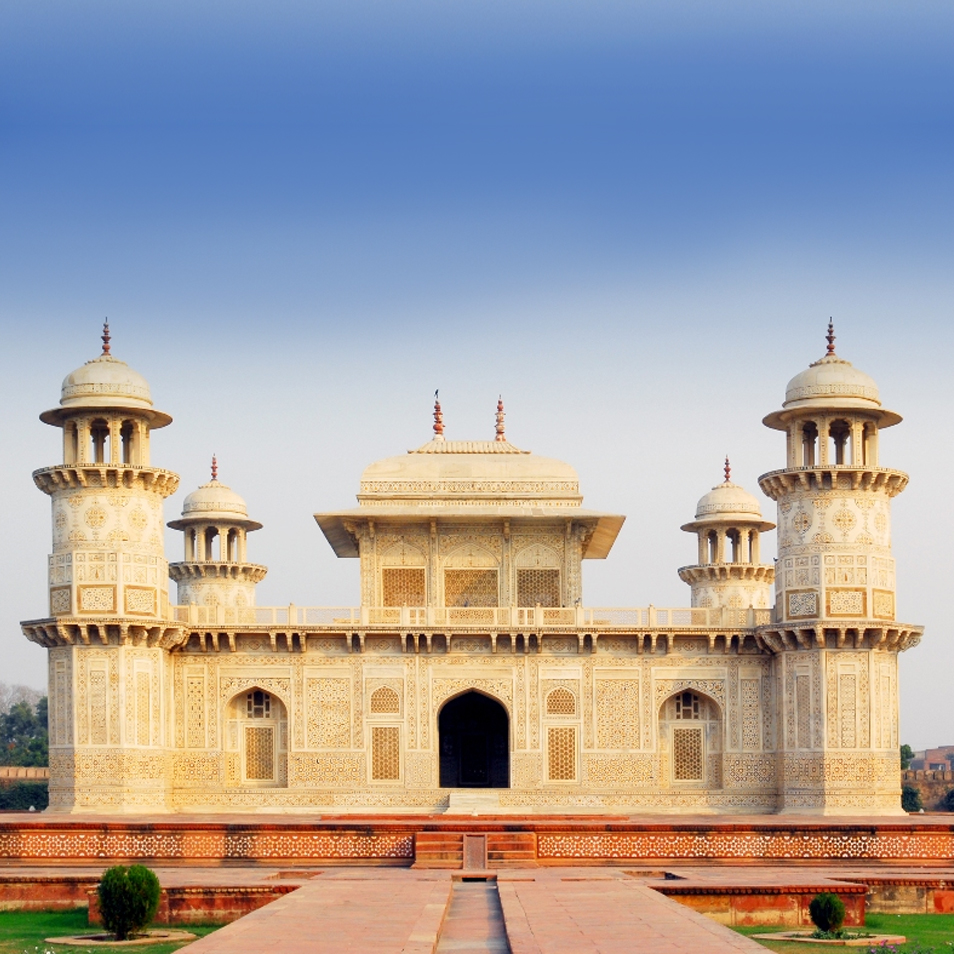If you are planning to visit Agra then visit Itimad ud Daulah – The Tomb, best option where you can see wonderful marble architectural works.
“One of the most finest destination for holiday trip”
Itimad ud Daulah – The Tomb : A Daughter’s Tribute
When we heard about India, we always think of Indian culture, food and folk dances. When we talk about Mughals history and their culture, the first thing which comes in our mind is the Taj Mahal and the love story behind it, but there are many more structures and buildings which has significant importance in Indian history; one of them is the I’timad-ud-Daulah tomb, Also known as baby taj, it was the first-ever monument which was introduced at that time in white marble with lattice screen and fine inlay work with semi-precious stones. If any tourist visits at the end of the tour to Agra, it is easy to see where the designs of the Taj Mahal come from.
Although the structure is small but resembles the indo Persian designs of the Mughals.
I’timad-ud-Daulah in Taj Mahal Tour
It’s located on the eastern bank of river Yamuna and 20 minutes drive to Taj Mahal. Before I’timad-ud-Daulah, they used to make the buildings in red sandstone without inlay work, they used to do carving on red sandstone, but inlay work and fine lattice screen work was first ever introduced in this building, after that, they make many other buildings like Taj Mahal, Sikandra, Humayun tomb, and Fatheh pur Sikri.

It was built in 1626 for a noble Persian member and later became the chief minister in the Jahangir court. Jahangir married his daughter Nur Jahan. After the death of his father, she decided to make a mausoleum in white marble. One of the finest and precious monument in trip to Agra.
Her main motive is to resemble a jewel box with lush gardens, and she introduced the fine inlay work with semi-precious stones, but this building doesn’t have a big one Dome like Taj Mahal, and four sides garden which we called charbaghs like the Taj Mahal, but tourist can enjoy the intricate floral motifs in inlay work abs fine jali work which the artisans carved. Geometric symmetry can be seen in almost every inch, even in the garden. The tomb was very famous during the reign of Jahangir, made by her wife, Nur Jahan. Later she made The mausoleum is made on the platform of red sandstone, and the upper part is in white marble. It’s having four gates western gate is the pavilion waterfront, the main entrance is the eastern gate and the north-south gates are just the fake gates to make the symmetry of the building. This monument has small Domes, which local also called chatris. The tomb is in square shape and for the very first time the inlay work introduced in the name of pietra dura which persian artisans brought that art from Persia to India. In which hard and rare stones used to decorate the walls and ceilings , like lapis, malachite, cornelian, Jasper, onex, emethyst, topaz. The garden has four parts and river by the water channels which they also called the garden of Paradise, after this monuments in moslty every buildings built by Mughals they make the gardens and water channels or fountains which we easily see in sikandra, fathepur sikri, humayun tomb c and the Taj Mahal. The best time to visit in this monument is the sunset time so you can see the sunset during the river Yamuna, it opens every day because it doesn’t have a mosque in it like the Taj Mahal. That the reason Taj Mahal closed on Friday. It opens from sunrise to sunset, and the ticket of this building is 310 INR .
It’s really a worth spending time there, to see and to gain knowledge about this structure .
In a day tour tourist Normally visit after the Taj Mahal and Agra fort in their taj mahal tour package from delhi, guide will help you for the monumental knowledge.
Tourists can leave the belongings at the hotel or in the car. Security is very tight at these attractions, purses, iPods, video cameras, drones, eatable things, other than water and any electronics other than a camera and phones are not allowed. If to visit Agra must see baby taj / I’timad-ud-Daulah.


Leave A Comment
You must be logged in to post a comment.